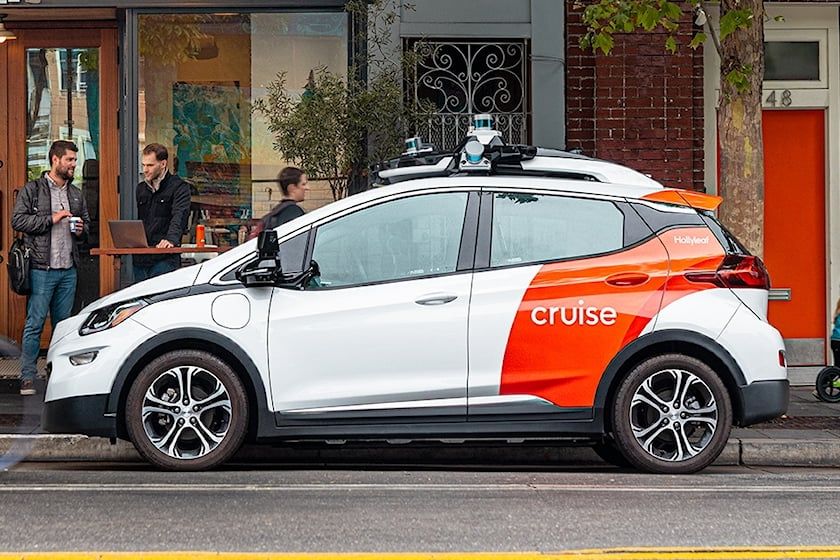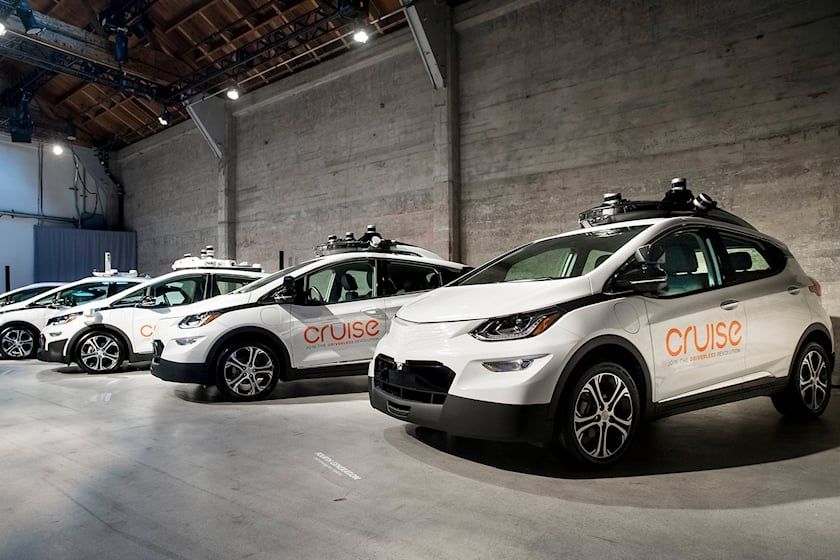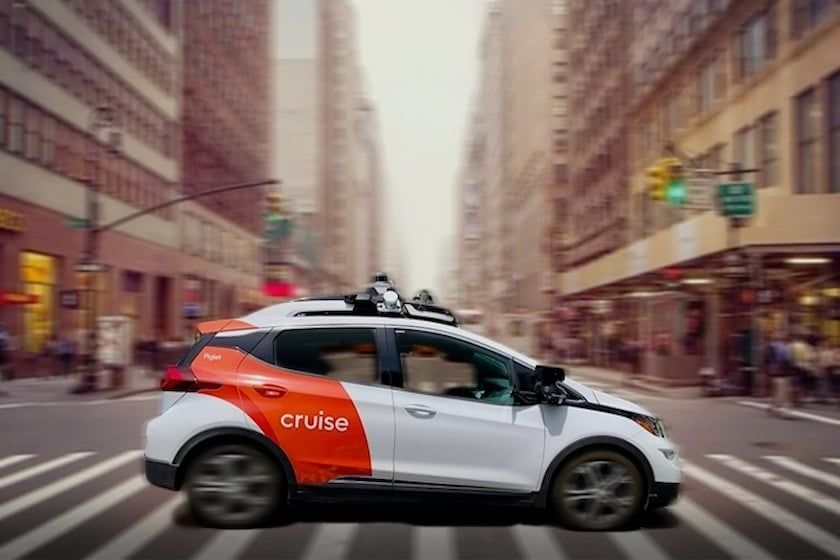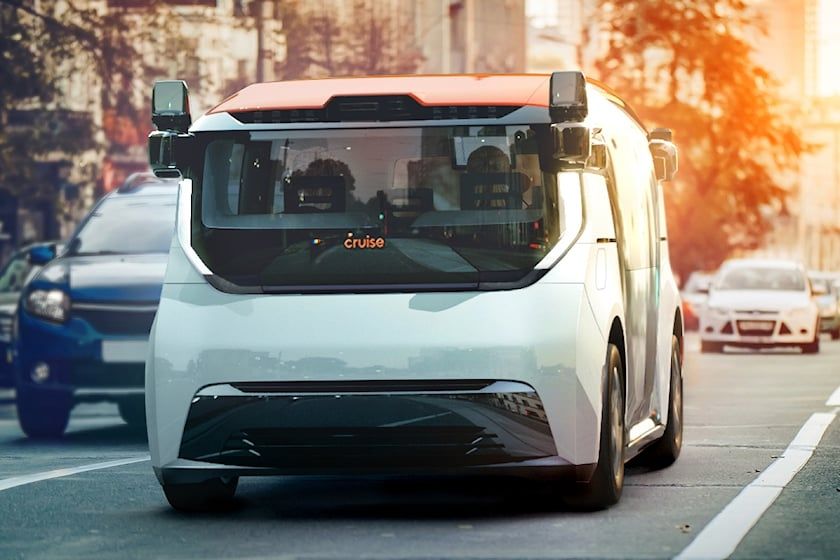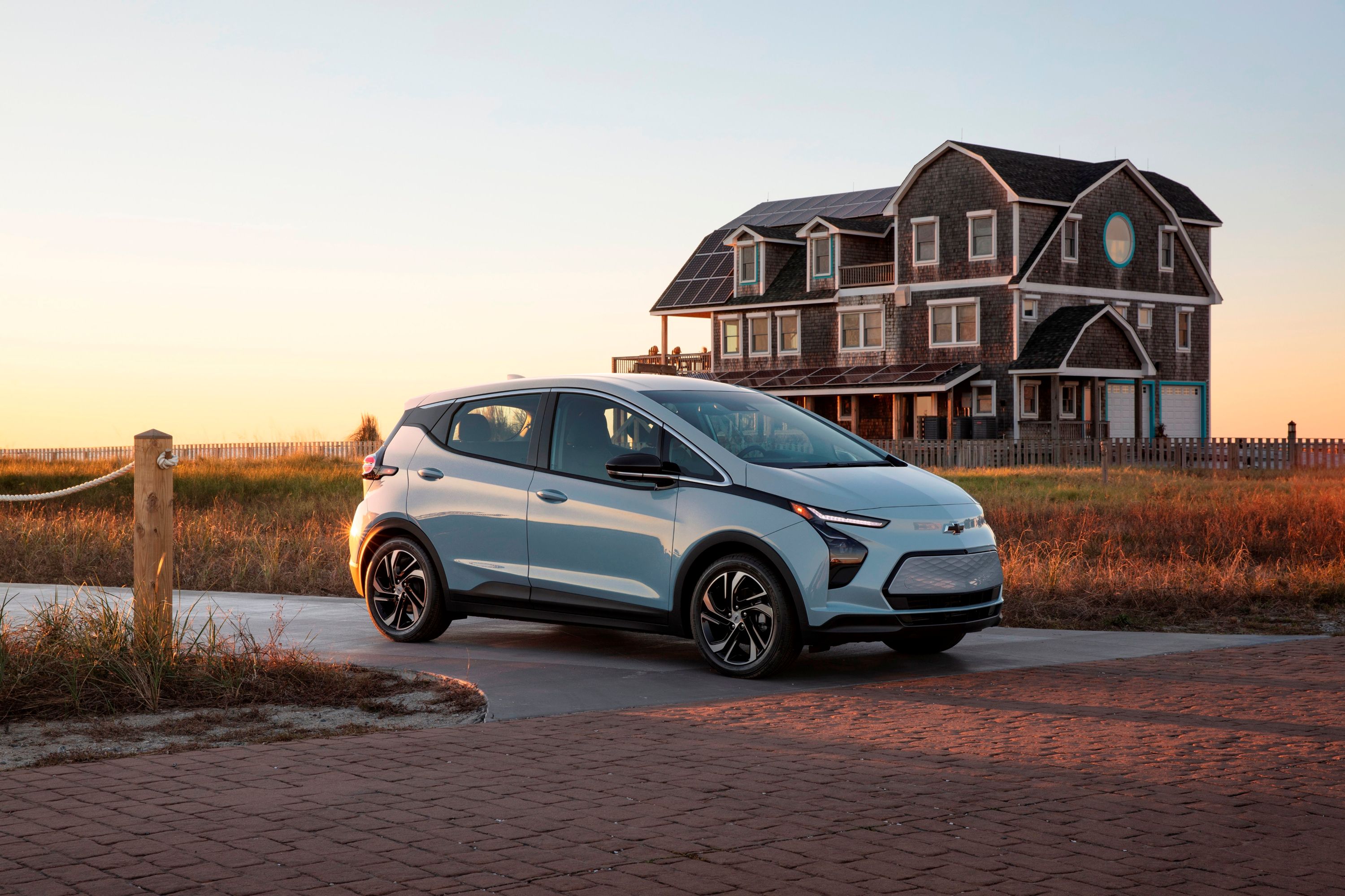
Cruise, the startup from General Motors that provides autonomous robotaxis, has announced a recall of 80 self-driving vehicles. This follows a June crash in California that led to commuter injuries after a self-driving Chevrolet Bolt made a turn in front of a Toyota Prius. Around a month after that, several Cruise-owned Bolts blocked traffic in San Francisco after coming to a standstill for no apparent reason. However, the recall pertains specifically to the June incident and underlines the challenges faced by Cruise since the service began. According to federal regulators, the Cruise taxi was equipped with software that incorrectly predicted the path of an oncoming vehicle.
According to information on the National Highway Traffic Safety Administration's (NHTSA) website, Cruise immediately began an investigation of the crash after it occurred. The police report found that the other vehicle was the "party at most fault" as it was "traveling in the … right turn only lane" at a higher speed than it should have been.
Despite the fault of the other car, Cruise found that in a prior version of the the Cruise Automated Driving Systems (ADS), a safety feature known as the reflexive planner caused the vehicle "to hard brake while performing an unprotected left turn (UPL)" as "ADS determined a hard brake was necessary to avoid a severe front-end collision." Cruise says that this is the only incident that has occurred "in over 123,560 driverless UPLs performed prior to the updated software release."
Cruise admitted in the recall documentation that the autonomous vehicle may not have reacted sufficiently to another road user's sudden path change. This could increase the risk of a crash, as was the case with the Prius. On July 6, Cruise released a new software update that it says enhances the predictive performance of the ADS. Since this new update, the company has slowly reintroduced UPLs in its robotaxi fleet. Before that, UPLs were disabled entirely, but Cruise stresses that this was only done out of an abundance of caution.
While Cruise has handled the incident as best it can, the accident has once again raised concerns about both autonomous driving systems and driver-assistance systems in conventional cars that still require driver intervention.
We don't need to tell you about all the obstacles that Tesla has encountered with its Autopilot and so-called Full Self-Driving (which is NOT fully autonomous) systems, as these have been well documented. The NHTSA is currently investigating almost 40 Autopilot-related incidents, while both it and other safety authorities are hard at work beefing up their testing regimens to ensure that these technologies work as they should.
Autonomous emergency braking, for example, can be a life-saving technology, but it has its shortcomings. As for Cruise, it managed to escape this incident without any fatal injuries, but the company will want to be increasingly cautious in the weeks and months ahead.

